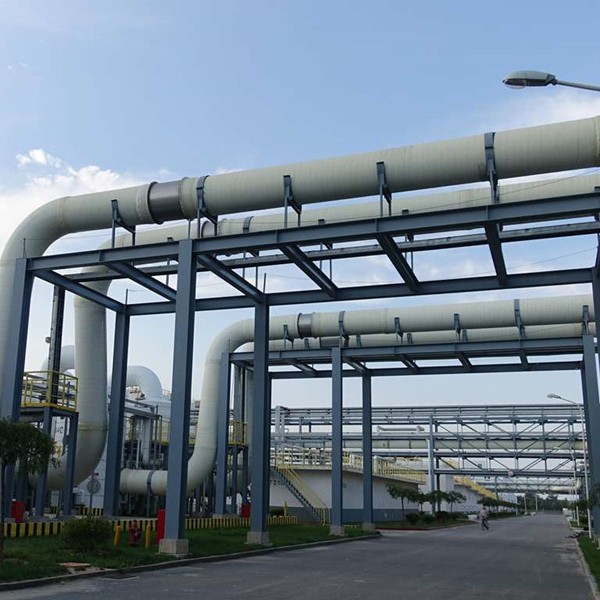
-
 Afrikaans
Afrikaans -
 Albanian
Albanian -
 Amharic
Amharic -
 Arabic
Arabic -
 Armenian
Armenian -
 Azerbaijani
Azerbaijani -
 Basque
Basque -
 Belarusian
Belarusian -
 Bengali
Bengali -
 Bosnian
Bosnian -
 Bulgarian
Bulgarian -
 Catalan
Catalan -
 Cebuano
Cebuano -
 China
China -
 China (Taiwan)
China (Taiwan) -
 Corsican
Corsican -
 Croatian
Croatian -
 Czech
Czech -
 Danish
Danish -
 Dutch
Dutch -
 English
English -
 Esperanto
Esperanto -
 Estonian
Estonian -
 Finnish
Finnish -
 French
French -
 Frisian
Frisian -
 Galician
Galician -
 Georgian
Georgian -
 German
German -
 Greek
Greek -
 Gujarati
Gujarati -
 Haitian Creole
Haitian Creole -
 hausa
hausa -
 hawaiian
hawaiian -
 Hebrew
Hebrew -
 Hindi
Hindi -
 Miao
Miao -
 Hungarian
Hungarian -
 Icelandic
Icelandic -
 igbo
igbo -
 Indonesian
Indonesian -
 irish
irish -
 Italian
Italian -
 Japanese
Japanese -
 Javanese
Javanese -
 Kannada
Kannada -
 kazakh
kazakh -
 Khmer
Khmer -
 Rwandese
Rwandese -
 Korean
Korean -
 Kurdish
Kurdish -
 Kyrgyz
Kyrgyz -
 Lao
Lao -
 Latin
Latin -
 Latvian
Latvian -
 Lithuanian
Lithuanian -
 Luxembourgish
Luxembourgish -
 Macedonian
Macedonian -
 Malgashi
Malgashi -
 Malay
Malay -
 Malayalam
Malayalam -
 Maltese
Maltese -
 Maori
Maori -
 Marathi
Marathi -
 Mongolian
Mongolian -
 Myanmar
Myanmar -
 Nepali
Nepali -
 Norwegian
Norwegian -
 Norwegian
Norwegian -
 Occitan
Occitan -
 Pashto
Pashto -
 Persian
Persian -
 Polish
Polish -
 Portuguese
Portuguese -
 Punjabi
Punjabi -
 Romanian
Romanian -
 Russian
Russian -
 Samoan
Samoan -
 Scottish Gaelic
Scottish Gaelic -
 Serbian
Serbian -
 Sesotho
Sesotho -
 Shona
Shona -
 Sindhi
Sindhi -
 Sinhala
Sinhala -
 Slovak
Slovak -
 Slovenian
Slovenian -
 Somali
Somali -
 Spanish
Spanish -
 Sundanese
Sundanese -
 Swahili
Swahili -
 Swedish
Swedish -
 Tagalog
Tagalog -
 Tajik
Tajik -
 Tamil
Tamil -
 Tatar
Tatar -
 Telugu
Telugu -
 Thai
Thai -
 Turkish
Turkish -
 Turkmen
Turkmen -
 Ukrainian
Ukrainian -
 Urdu
Urdu -
 Uighur
Uighur -
 Uzbek
Uzbek -
 Vietnamese
Vietnamese -
 Welsh
Welsh -
 Bantu
Bantu -
 Yiddish
Yiddish -
 Yoruba
Yoruba -
 Zulu
Zulu
fiberglass reinforced plastic pipe
The Advantages of Fiberglass Reinforced Plastic Pipes
In recent years, the construction and engineering industries have increasingly adopted advanced materials to enhance performance, durability, and longevity in various applications. One such innovation that has gained notable traction is Fiberglass Reinforced Plastic (FRP) pipes. These pipes, composed of a polymer matrix reinforced with fiberglass, offer numerous benefits that make them an attractive alternative to traditional piping systems made of steel, concrete, or PVC. This article explores the advantages of FRP pipes and their application in various industries.
1. Superior Strength-to-Weight Ratio
One of the most compelling advantages of FRP pipes is their exceptional strength-to-weight ratio. By combining the lightweight properties of plastic with the strength of fiberglass, FRP pipes can effectively handle high pressure and stress without the cumbersome weight of traditional materials. This feature not only simplifies transportation and installation but also reduces structural loads on supporting frameworks, which can lead to lower construction costs and improved overall project efficiency.
FRP pipes exhibit excellent resistance to various corrosive substances, including acids, bases, and salts. Unlike metal pipes, which can corrode over time due to exposure to harsh environments, FRP pipes maintain structural integrity and performance even in challenging conditions. This resistance to corrosion extends the service life of the system, thereby minimizing maintenance costs and minimizing the need for frequent replacements. Industries such as chemical processing, wastewater management, and marine applications particularly benefit from this attribute.
3. Reduced Maintenance Requirements
The durability and resistance to environmental factors enjoyed by FRP pipes contribute to significantly reduced maintenance needs compared to traditional piping systems. The non-corrosive nature of fiberglass ensures that the pipes do not deteriorate over time, translating to lower operational costs for businesses. With minimal wear and tear, facilities can allocate resources towards other critical areas, enhancing overall operational efficiency.
fiberglass reinforced plastic pipe

4. Versatility in Applications
FRP pipes are incredibly versatile and find applications across a wide range of industries. From water and wastewater treatment to oil and gas, and even in aerospace, these pipes can be customized to meet specific operating conditions and requirements. They can be designed for both low and high-pressure applications and can handle varying temperatures, making them suitable for diverse engineering challenges. This adaptability makes FRP pipes a preferred choice for contractors and engineers looking for reliable piping solutions.
5. Environmental Benefits
Manufacturers of FRP pipes also prioritize sustainability in their production processes. These pipes can be produced using recycled materials and are themselves recyclable at the end of their lifecycle, reducing their environmental footprint. Furthermore, their longevity and durability mean less waste generated from pipe replacements, aligning with the growing emphasis on sustainable construction practices and minimizing ecological impact.
6. Cost-Efficiency
While the initial upfront costs of FRP pipes may be higher than some traditional materials, the overall cost-efficiency often proves favorable in the long run. When considering factors such as reduced maintenance, elimination of corrosion-related repairs, and longer life expectancy, FRP pipes can result in significant savings. This profitability factor is compelling for many industries looking to optimize budget allocations without sacrificing quality.
Conclusion
Fiberglass Reinforced Plastic pipes represent a significant advancement in piping technology, offering numerous advantages that cater to the needs of modern infrastructure challenges. Their strength, corrosion resistance, reduced maintenance needs, versatility, environmental benefits, and cost-effectiveness position them as a superior choice in various sectors. As industries worldwide continue to seek safer, more reliable, and sustainable solutions, FRP pipes will likely dominate the landscape of future piping systems, contributing to improved efficiency and resilience in infrastructure development. By embracing these advanced materials, engineers and project managers can ensure that their projects not only meet current demands but are also prepared for the challenges of tomorrow.









